
views
- Locate your car's VIN, which is usually on the front window or in the driver’s side door jamb.
- Run the VIN through a free online VIN decoder to find out what type of engine your car has.
- You can also ask your dealership or car manufacturer to tell you what type of engine you have.
Using Your VIN
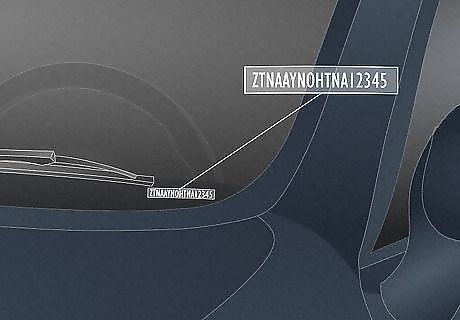
Locate your car’s VIN. Your VIN (Vehicle Identification Number) is a serial number that identifies your car. Find the VIN code from the outside, on the driver’s side dashboard in the corner where it meets the windshield. You can also find it in the driver’s side door or door jamb printed on a sticker. Your VIN might also be printed on the front of the engine block, on the front of the car frame near the windshield washing fluid, above the tire in the rear wheel well, or underneath your spare tire. You can also look at your vehicle’s registration, insurance card, or title for the VIN.

Enter your VIN into a free online decoder. There are a lot of online VIN decoders on the web that can tell you everything you need to know about your vehicle, including what kind of engine you have. Here are the a few free online tools you can use: U.S. National Highway Traffic Safety Administration CARFAX Driving Tests Site
Examining Your Engine
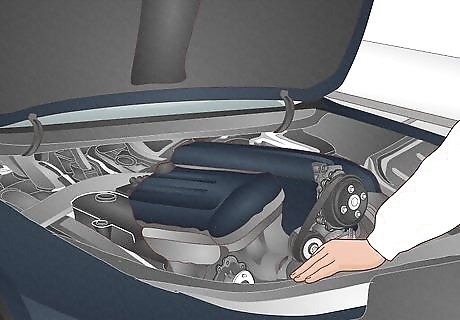
Look under the hood to determine what engine your car has. Open the hood of your vehicle and prop it up. You can tell how many cylinders your car has by how many spark plugs are coming out of the engine. Most engines will also have a label on the top that tells you how many cylinders your car has (V4, V6, V8, etc.) and the size of your engine in liters. The letter next to the number of cylinders refers to the layout of the engine. “V” means that the cylinders are arranged in two rows while “I” or “L” means they’re in a straight line. Any engine above 2 liters is generally considered a large engine, while small engines are usually only 1-2 liters. Bigger isn’t always better—engine size should be relative to the kind of car you have. For example, a 2.0L engine is perfect for a compact car but would make an SUV lag far behind. The size refers to how much room the engine’s pistons operate in. Bigger engines can produce more power because they have a larger amount of air and fuel that each piston can push. This is also why engine size affects the fuel economy of a car.
Alternative Methods
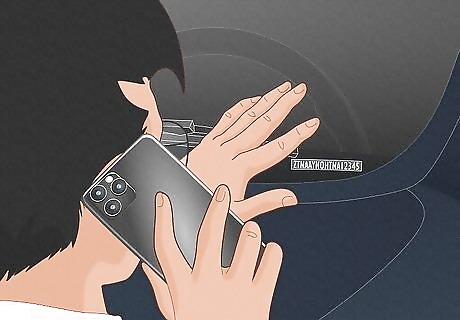
Decode your VIN at the dealership or call the car’s manufacturer. You can bring your VIN to the dealership where you purchased your car, and they will be able to tell you what kind of engine you have. You can also call your manufacturer’s customer service. Here are a few manufacturers with online tools where you can input your VIN to see your car’s specifications: Toyota Nissan Honda Mercedes-Benz Volkswagen Ford
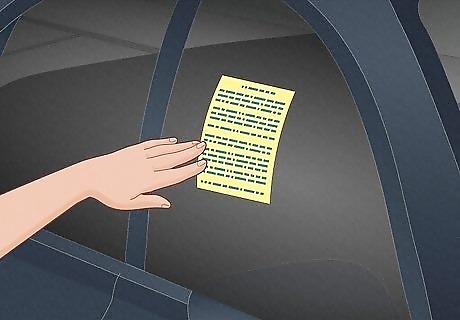
If your car is newer, look at your car’s original window sticker. When a new car is built, it comes with a window or Monroney sticker that verifies the vehicle’s make, model, year, suggested retail price, engine information (such as size, number of cylinders, etc.), transmission specifications, VIN, and more. If you don’t have the window sticker, you can request a copy from the dealership you purchased your car from. If you bought your car new, it’s a good idea to keep copies of your window sticker in the glove box so you know what specific parts are required for repairs in the future. Since 2007, new vehicles are required by U.S. law to have a window sticker displayed on them by the dealership.
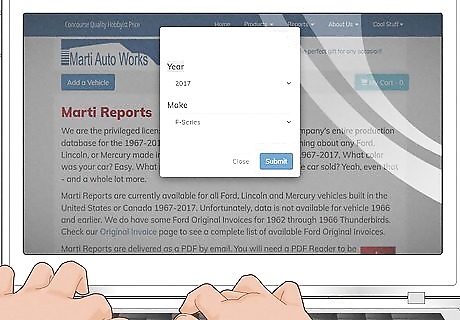
If your car is a 1967-2017 Ford, Lincoln, or Mercury, request a build sheet. A build sheet, or Marti Report, can tell you everything about your car, including what color it is, what day it was sold, what kind of engine it has, and more. You can request your build sheet here. Marti doesn’t have any data for vehicles from 1966 and older, but they do have some original Ford invoices for 1962-1966 Thunderbirds.
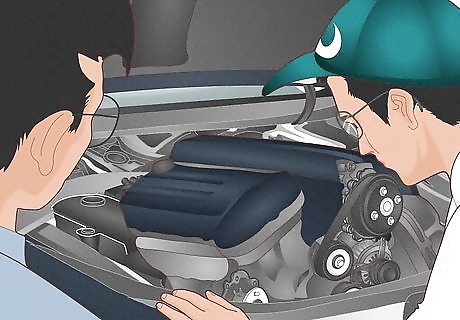
Ask a mechanic. If you’re still not sure what kind of engine you have, ask your local trusted car mechanic the next time you have your vehicle serviced. If you don’t have a regular repair facility, here are some things to look for when searching one out: Look for repair facilities with civic and community service awards, AAA Approved Auto Repair status, and other signs of customer service professionalism. Inside the shop, look for evidence of qualified technicians, like trade school diplomas or Automotive Service Excellence certifications. Check to see if the facility is neat and organized, with modern equipment and cars that are equivalent in value to your own. Ask your friends or family members for their recommendations. Once you have a shop in mind, start by asking for small repairs. If you’re happy with the work they’ve done, then you can trust this shop with more expensive repairs later.


















Comments
0 comment